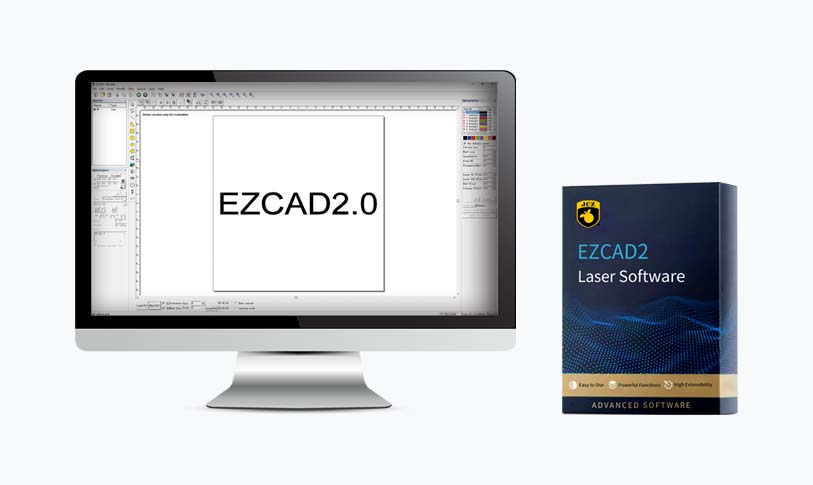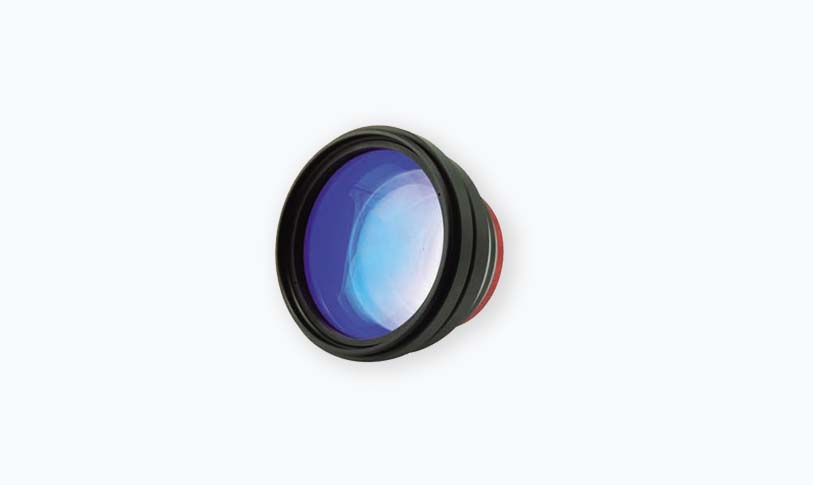CO2 laser technology has revolutionized various industries, including manufacturing, signage, and fashion, by providing high precision and efficiency in cutting and engraving materials. At the core of CO2 laser systems lies specialized software designed to optimize the performance of these machines. This article delves into the often-overlooked realm of CO2 laser software, its functionalities, and how it enhances the use of CO2 lasers in various applications.
What is CO2 Laser Software?
CO2 laser software is a specialized program that controls the operation of CO2 laser engraving and cutting machines. This software serves several purposes, from designing and optimizing laser paths to adjusting settings such as power, speed, and frequency. Essentially, it acts as the backbone of the laser operation, translating 2D or 3D designs into instructions that the laser machine can understand and execute.

Understanding CO2 Laser Software: Enhancing Precision and Efficiency in Laser Cutting and Engraving Applications
Key Features of CO2 Laser Software
1. **User-Friendly Interface**: Most CO2 laser software comes with an intuitive interface that allows users, even those with minimal technical expertise, to navigate easily. Drag-and-drop functionality, simple settings adjustments, and real-time previews make it accessible for both beginners and seasoned professionals.
2. **Design Capabilities**: Many CO2 laser software solutions have built-in design tools or allow for integrations with popular design software such as Adobe Illustrator and AutoCAD. This means users can create intricate designs or import existing ones without extensive hurdles.

Understanding CO2 Laser Software: Enhancing Precision and Efficiency in Laser Cutting and Engraving Applications
3. **Vector and Raster Support**: CO2 laser software typically supports both vector and raster formats, accommodating various types of projects. Vector graphics are preferred for cutting operations, while raster images are utilized for engraving, allowing for more detailed designs.
4. **Parameter Settings**: One of the critical aspects of laser cutting and engraving is the ability to optimize machine parameters such as power, speed, and frequency. CO2 laser software allows for these settings to be adjusted per material type and thickness, ensuring optimal results.
5. **Material Libraries**: Advanced CO2 laser software often includes material libraries with pre-configured settings for common materials like wood, acrylic, leather, and fabric. These libraries enable users to select materials quickly and apply appropriate settings without experimentation.
6. **Simulation and Preview Features**: Many software solutions offer simulation tools that let users visualize the cutting or engraving process before executing it. This feature is crucial for reducing material waste and ensuring precision.
7. **File Management**: The ability to organize and manage design files is essential for efficiency in any production environment. CO2 laser software often includes file management features, enabling users to save, categorize, and retrieve designs effortlessly.
Applications of CO2 Laser Software
CO2 laser software plays a pivotal role across numerous industries. Here are some key applications:
1. **Manufacturing and Prototyping**: In manufacturing, CO2 lasers are used for producing parts and prototypes with exceptional accuracy. The software’s ability to define precise paths is crucial in ensuring high-quality outputs.
2. **Signage Production**: The signage industry greatly benefits from CO2 laser technology, where intricate designs and lettering are required. With reliable software, businesses can produce customized signs quickly, meeting diverse client needs.

Understanding CO2 Laser Software: Enhancing Precision and Efficiency in Laser Cutting and Engraving Applications
3. **Fashion and Accessories**: In the fashion industry, CO2 lasers are popular for cutting fabrics and creating detailed patterns. Designers can use the software to bring their visions to life with precision and reduced material wastage, allowing for creative experimentation.
4. **Personalization Services**: The rise of personalized products has led to increased demand for customization. CO2 laser software facilitates the engraving of names, logos, or unique designs on various products, enhancing customer satisfaction.
5. **Arts and Crafts**: Sculptors and artists utilize CO2 lasers to execute their visions with precision, whether in wood, glass, or other materials. The software aids in producing unique pieces and limited editions that stand out in the market.
Conclusion
As businesses increasingly recognize the value of CO2 laser technology, understanding and mastering CO2 laser software becomes essential. From enhancing design capabilities to optimizing production efficiency, the impact of this software cannot be overstated. Whether you’re a hobbyist, a small business owner, or part of a large manufacturing team, investing time in learning and using CO2 laser software proficiently can lead to remarkable outcomes in quality and productivity. As technology advances, staying informed about emerging software features and tools will ensure that users can maximize the potential of their CO2 laser systems effectively.q-switched laser




